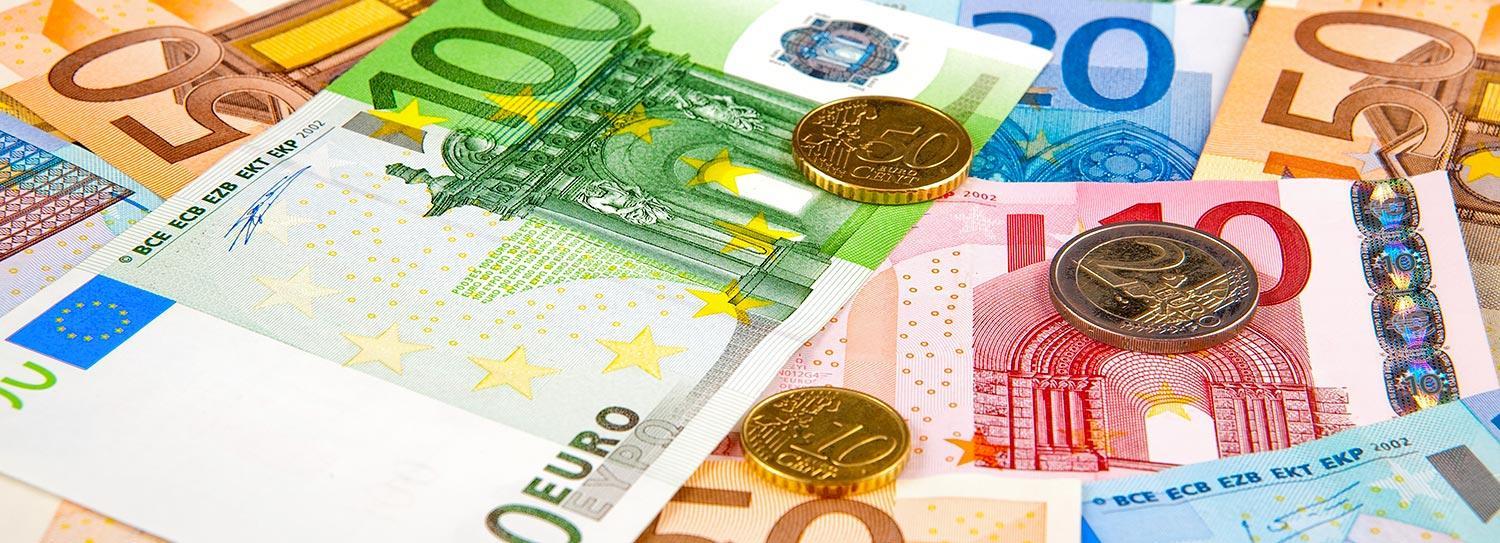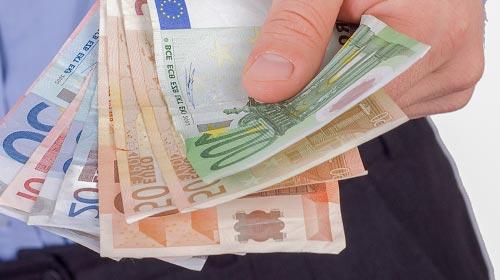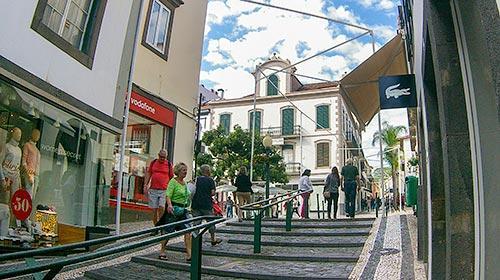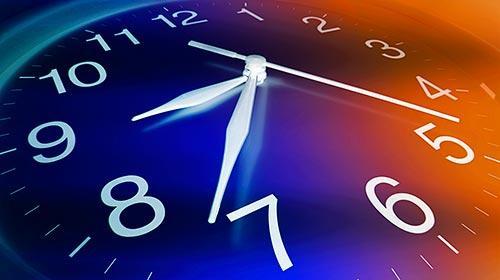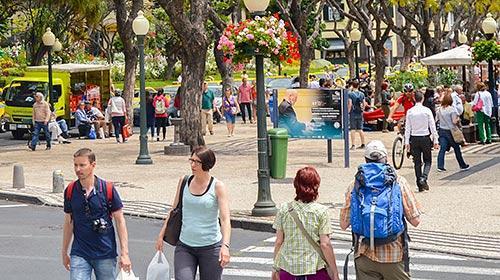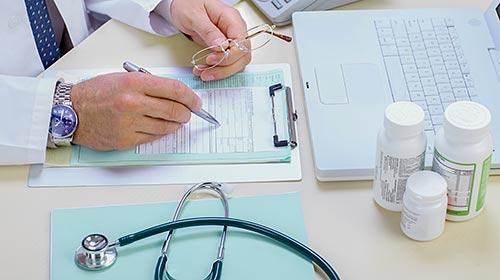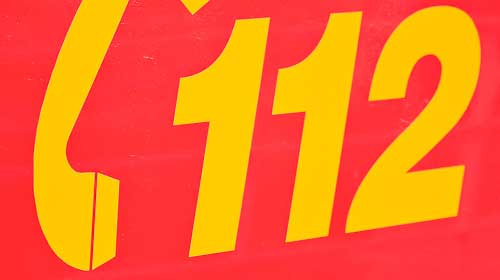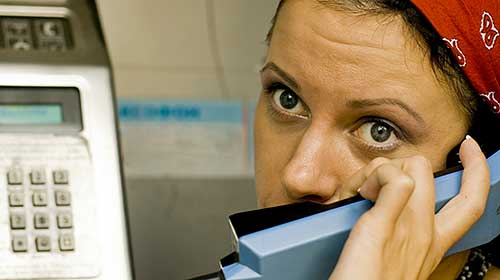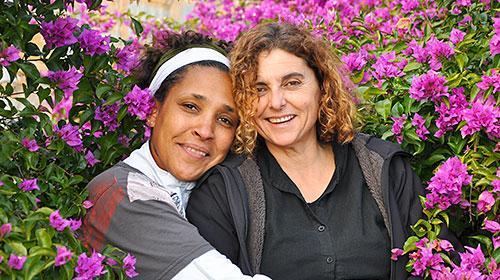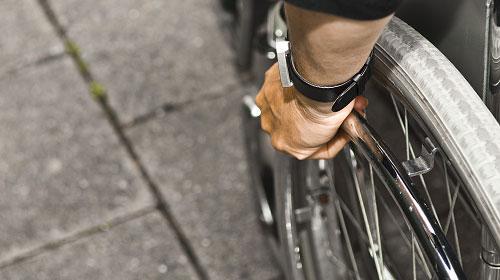The Euro is the currency of the Eurozone and was adopted by 11 member states from the European Union on the 1st of January 1999: Portugal, Belgium, Germany, Spain, France, Ireland, Italy, Luxemburg, the Netherlands, Austria and Finland. In 2001 Greece also adopted the Euro. It is currently the common currency in 19 of the 28 countries of the EU.
The circulation of the Euro started on the 1st of January 2002 with 7 different bank notes and 8 different coins: bank notes of 500, 200, 100, 50, 20, 10 and 5 Euros, and coins of 2 and 1 Euros and 50, 20, 10, 5, 2, and 1 Cents. Although bank notes and coins have a European common side as well as a specific national side they are accepted in all countries that have joined the Euro currency.
Both bank notes and coins were also conceived for people with visual disabilities. Therefore, bank notes and coins have different sizes and other elements that allow identification through touch.
If you don’t want to carry large amounts, you can exchange your money in the local banks and at official exchange kiosks. Beware when changing cash at the bank, as there is a minimum fee regardless of the amount you exchange. In exchange kiosks there is no fee but the exchange will be based on a slightly lower rate.
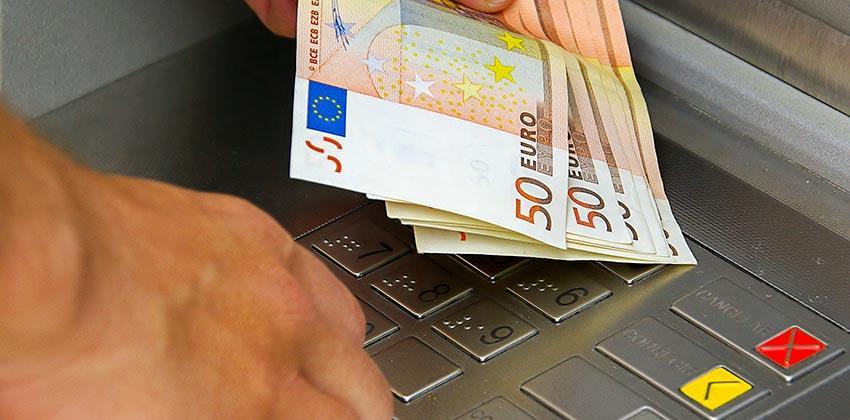
There are ATMs all over the island. Also you can use most VISA/MasterCards/Credit cards in Madeira, just make sure before you leave home to let your credit card company know that you are going abroad. This way they will know that any purchases being made are by you.


 English
English  Português
Português  Deutsch
Deutsch  Español
Español 